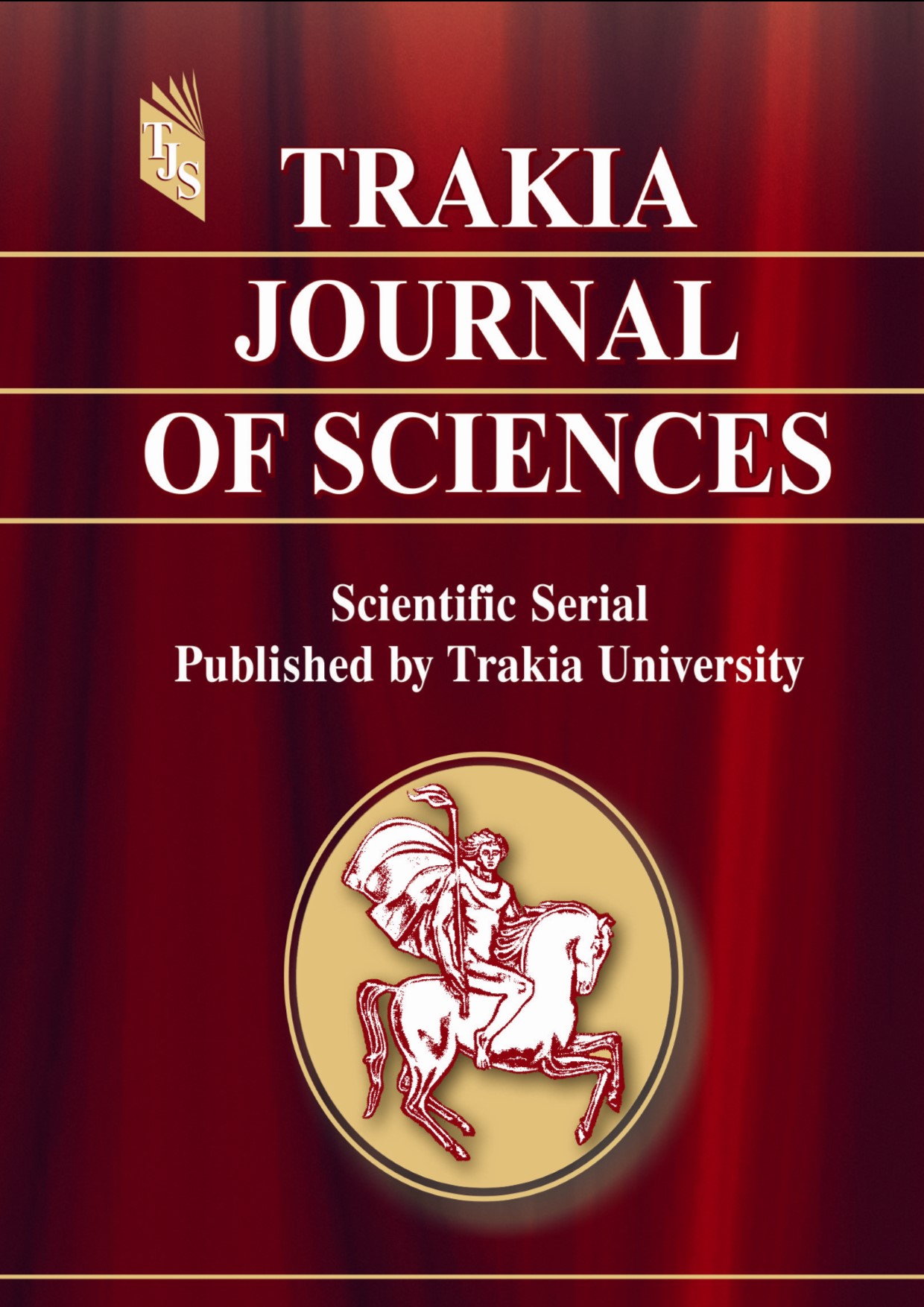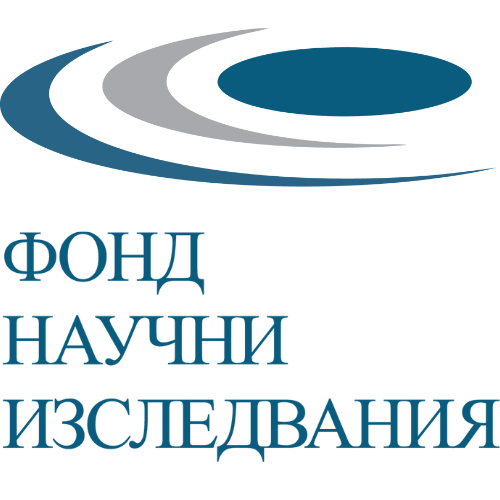RELATIONS BETWEEN ANTHROPOMETRIC, FLEXIBILITY AND STRENGTH INDICATORS IN PRACTICING SWIMMING PRIMARY SCHOOL-AGED CHILDREN
DOI:
https://doi.org/10.15547/tjs.2025.s.02.071Keywords:
anthropometric indicators, flexibility, strength, children, swimmingAbstract
According to many researches morphological characteristics of the body play a significant role in swimming. Swimming is also a sport which is associated with strength, but flexibility can greatly help swimmers to improve their performance.
THE PURPOSE of the research is to study the relations between anthropometric, flexibility and strength indicators in practicing swimming primary-school aged children.
METHODS: For the purpose of the study anthropometric tests, tests for flexibility, and strength tests were applied. The study population consisted of 20 children aged 7-10 years, 10 boys and 10 girls with an average age of 8,3 years.
RESULTS: The results of the study were statistically processed, and a correlational analysis of the obtained results were made. We found that anthropometric indicators correlate with the age indicator and strength indicators. Flexibility indicators correlate with each other, but not with the other studied indicators.
CONCLUSIONS: We can conclude that the age and anthropometric indicators are related to the strength, but flexibility is independent for development motor quality at that age.
References
Ignatova, D. Benchmarking of AnthropometricIndicators Based on Swimming Activities. Heritage BG, 6/2024, 50-57, 2024.
Zarzeczny R, Kuberski M, Suliga E. The Effect of Three-Year Swim Training on Cardio-Respiratory Fitness and Selected Somatic Features of Prepubertal Boys. Int J Environ Res Public Health, 2022 Jun 10;19(12):7125, 2022.
Sammoud, S., Negra, Y., Chaabene, H., Bouguezzi, R., Attia, A., Granacher, U., Younes, H., Nevill, A.M. Key Anthropometric Variables Associated with Front-Crawl Swimming Performance in Youth Swimmers: An Allometric Approach. Journal of Strength and Conditioning Research, 37(6):1259-1263, June 2023.
Şahin, S., Taş, A. Investigation of the Effect of Anthropometric Measurements of 11-12 Years Old Female Swimmers on Flexibility Parameter. The Journal of Eurasia Sport Sciences and Medicine, 2(3), 56-64, 2020.
Bielec, G., et al. Do swimming exercises induce anthropometric changes in adolescents? Issues Compr Pediatr Nurs, 36(1-2), 37–47, 2013.
Balan, V. Aspects of the swimming lesson design at disabled children. Procedia –Social and Behavioral Sciences, 197, 1679–1683, 2015
Jandrić, S. Scoliosis and Sport, Sport Logia, 11(1), 1–10, 2015.
Rangelova, B. Innovative swimming training through educational cards (expert нopinion survey). KNOWLEDGE–International Journal. Vol. 59.2, 187–191, 2023.
Aleksandrova, V., et al. Adapted physical activity in children whit kyphosis postural disorders. Acta Salus Vitae. Vol 6, No. 2, 15-23, 2018.
Geladas, N.D., Nassis, G.P., Pavlicevic, S. Somatic and physical traits affecting sprint swimming performance in young swimmers. Int. J. Sports Med., 26, 139–144, 2005.
Zuniga, J., Housh, T.J., Mielke, M., Hendrix, C.R., Camic, C.L., Johnson, G.O., Housh, D.J., Schmidt, R.J. Gender comparisons of anthropometric characteristics of young sprint swimmers. J. Strength Cond. Res., 25, 103–108, 2011.
Bond, D., Goodson, L., Oxford, S. W., Nevill, A. M., & Duncan, M. J. The Association between Anthropometric Variables, Functional Movement Screen Scores and 100 m Freestyle Swimming Performance in Youth Swimmers. Sports, 3(1), 1-11, 2015.
Rejman, M., Tyc, Ł., Kociuba, M., Bornikowska, A., Rudnik, D., Kozieł, S. Anthropometric predispositions for swimming from the perspective of biomechanics. Acta Bioeng Biomech. 2018;20(4):151-159, 2018.
Lätt, E., Jürimäe, J., Haljaste, K., Cicchella, A., Purge, P., Jürimäe, T. Longitudinal development of physical and performance parameters during biological maturation of young male swimmers. Percep. Mot. Skills, 108, 297–307, 2009.
Saavedra, J.M., Escalante, Y., Rodriguez, F.A. A multivariate analysis of performance in young swimmers. Pediatr. Exerc. Sci., 22, 135–151, 2010.
Lima-Borges, D.S., Portilho, N.O., Araújo, D.S., Ravagnani, C.F.C., Almeida, J.A. Anthropometry and physical performance in swimmers of different styles, Science & Sports, Volume 37, Issue 7, 542-551, 2022.
Kuberski, М., Musial, М., Choroszucho, М. Longitudinal effects of swimming training on anthropometric characteristics in pre-adolescent girls. Physical Activity Review, Vol. 13(1), 116-130, 2025.
Koeva, E. Reducing students’ anxiety in primary swimming education, KNOWLEDGE – International Journal, Vol. 49.5, 1073-1076, 2021.
Alejandria, W.R. Class program with buoyancy aid: Effects to the swimming performance of beginners. J Phys Educ, 2024Sep.22, 35(1):e-3559, 2024.
Wang, H. and Han, H. Causes of Aquaphobia in Swimming Beginners Aged 6 to 12 and Related Strategies in Swimming Instruction. Journal of Education and Educational Research, 9(2), 73-76, 2024.

Downloads
Published
Issue
Section
License

This work is licensed under a Creative Commons Attribution-NonCommercial 4.0 International License.


